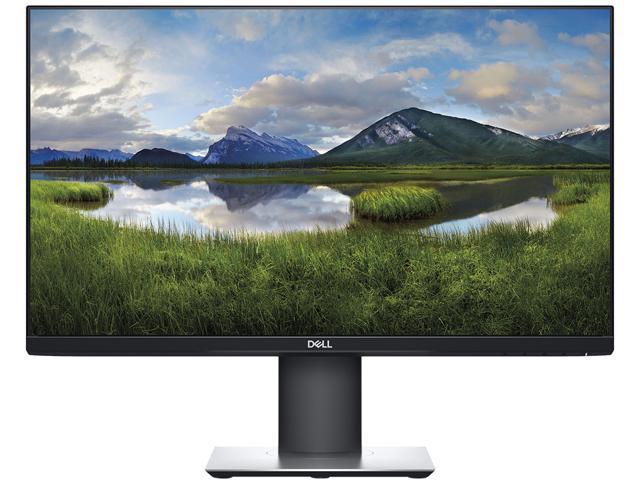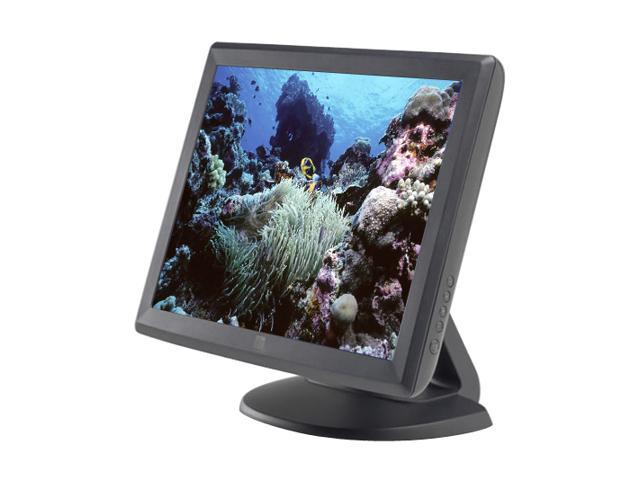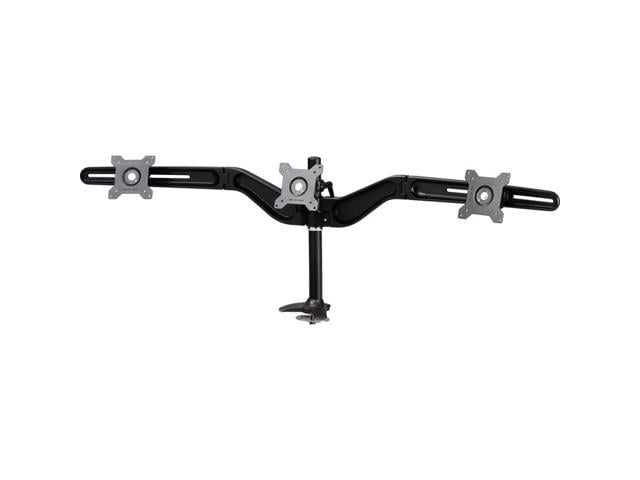This book equips students with a thorough understanding of various types of sensors and biosensors that can be used for chemical, biological, and biomedical applications, including but not limited to temperature sensors, strain sensor, light sensors, spectrophotometric sensors, pulse oximeter, optical fiber probes, fluorescence sensors, pH sensor, ion-selective electrodes, piezoelectric sensors, glucose sensors, DNA and immunosensors, lab-on-a-chip biosensors, paper-based lab-on-a-chip biosensors, and microcontroller-based sensors. The author treats the study of biosensors with an applications-based approach, including over 15 extensive, hands-on labs given at the end of each chapter. The material is presented using a building-block approach, beginning with the fundamentals of sensor design and temperature sensors, and ending with more complicated biosensors.
New to this second edition are sections on op-amp filters, pulse oximetry, meat quality monitoring, advanced fluorescent dyes, autofluorescence, various fluorescence detection methods, fluoride ion-selective electrode, advanced glucose sensing methods including continuous glucose monitoring, paper-based lab-on-a-chip, etc. A new chapter on nano-biosensors and an appendix on microcontrollers make this textbook ideal for undergraduate engineering students studying biosensors. It can also serve as a hands-on guide for scientists and engineers working in the sensor or biosensor industries.















